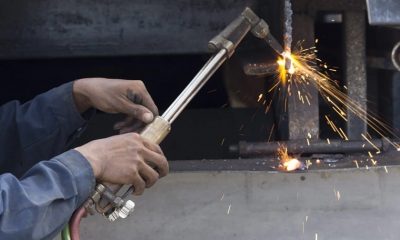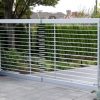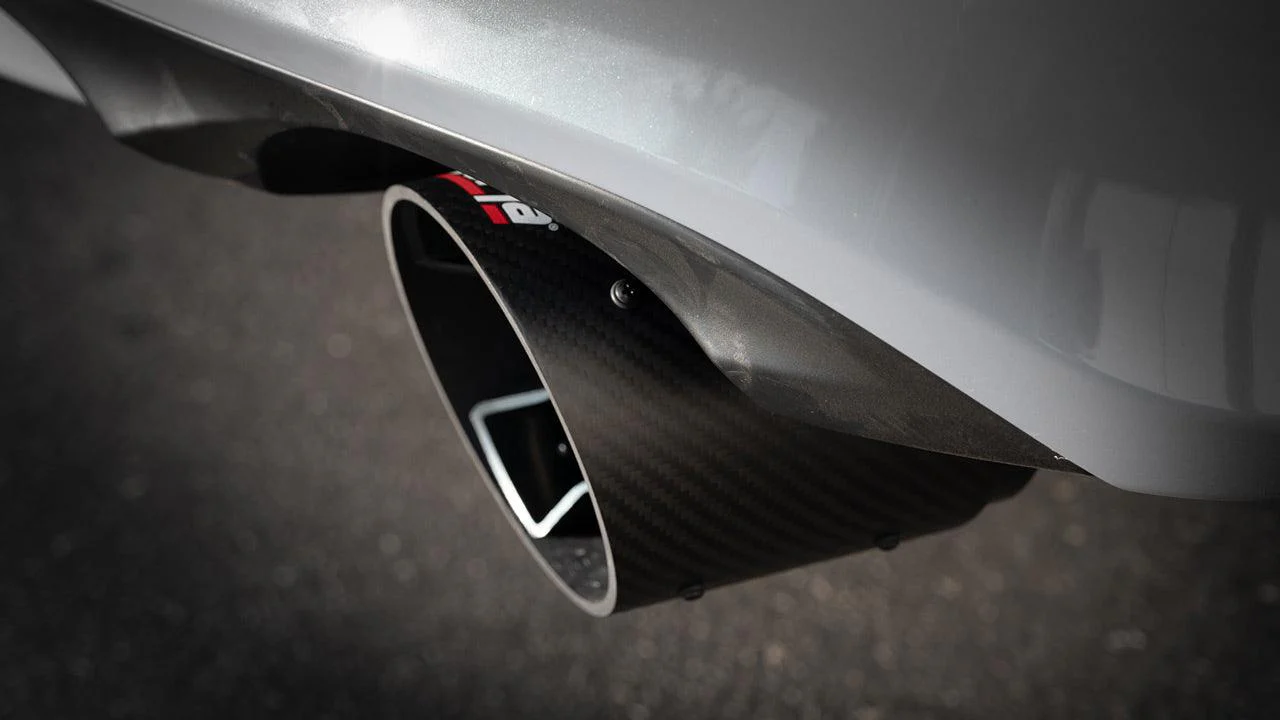Industrial Equipment
Unveiling the Benefits of Industrial Trolleys in Warehouse Efficiency
In the bustling landscape of warehouses and industrial settings, the silent heroes facilitating the seamless movement of goods are industrial trolleys. These indispensable tools play a pivotal role in optimizing workflow, streamlining operations, and ensuring the efficient transportation of materials within expansive spaces. Understanding the anatomy of industrial trolleys unveils a world of intricacies, with each part contributing to the overall functionality and effectiveness of these workhorses.
The Heart of Efficiency: Industrial Trolleys in Action
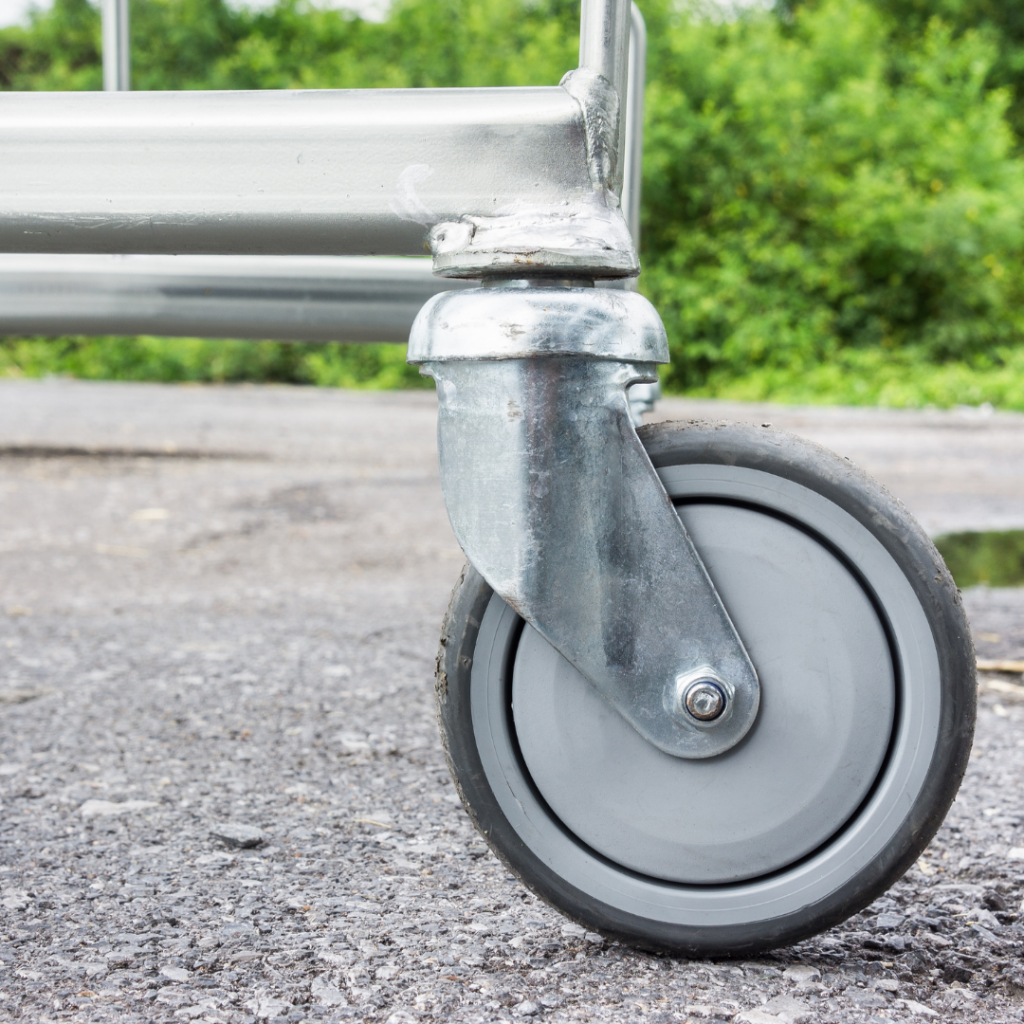
At the core of warehouse and industrial operations lies the need for an organized and efficient material handling system. Industrial trolleys step into this role with finesse, offering a versatile solution for the movement of goods across varied terrains. From carrying heavy loads of raw materials to facilitating the swift transport of finished products, these trolleys are the unsung heroes that keep the wheels of industry turning.
One of the key features that elevate the utility of industrial trolleys is their adaptability. They come in various forms, including platform trolleys, hand trucks, and specialized trolleys designed for specific industries. The flexibility in design ensures that businesses can tailor their material handling solutions to meet the unique demands of their operations.
Deconstructing Industrial Trolleys: A Comprehensive Overview
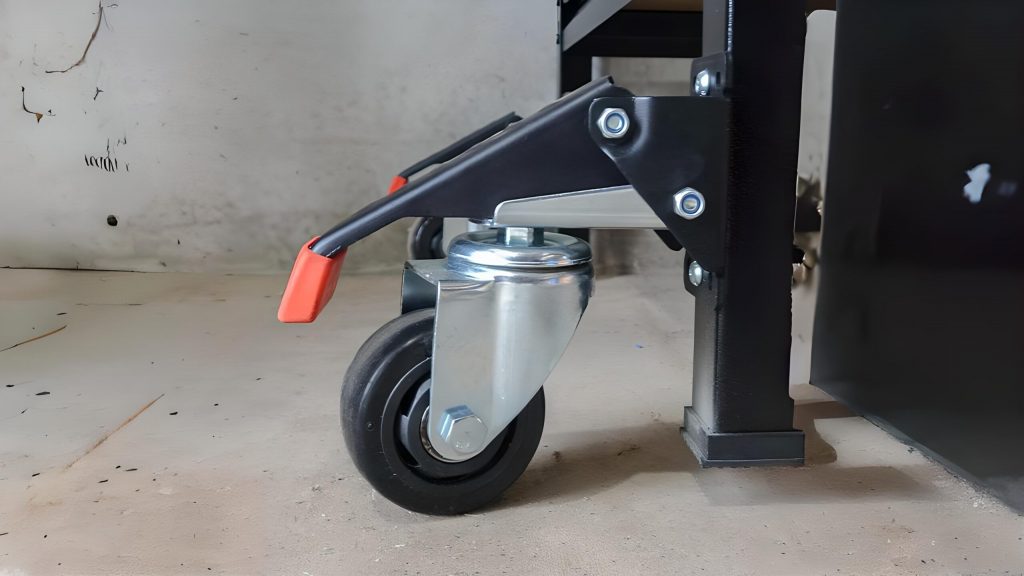
To comprehend the intricacies of industrial trolleys, it’s essential to deconstruct them into their fundamental components. A typical industrial trolley comprises a sturdy frame, wheels or casters, handles or grips, and often additional features tailored to specific purposes.
Frame Structure
The backbone of an industrial trolley is its frame, which determines its overall strength and load-bearing capacity. Trolleys designed for heavier loads boast robust frames constructed from materials like steel or aluminium. The frame’s design considers factors such as load distribution, stability, and durability, ensuring it can withstand the rigours of an industrial environment.
Wheels or Casters: Navigating the Terrain with Precision
At the heart of every industrial trolley’s mobility are the wheels or casters, an elemental component that warrants closer examination. Industrial casters are not mere accessories; they are the linchpin determining the trolley’s maneuverability, stability, and overall performance.
Industrial casters come in various types, each catering to specific needs within the industrial setting.
- Swivel Casters: These casters rotate 360 degrees, offering exceptional maneuverability. Swivel casters are crucial for trolleys that require precise navigation in confined spaces or around obstacles.
- Fixed Casters: Unlike swivel casters, fixed casters do not rotate. They provide stability and support, especially when paired with swivel casters. This combination enhances both maneuverability and load-bearing capacity.
- Braking Casters: In scenarios where stationary positioning is crucial, braking casters add an extra layer of control. These casters enable the trolley to stay securely in place when required, preventing unintended movement.
- Heavy-Duty Casters: For trolleys handling exceptionally heavy loads, heavy-duty casters are the go-to choice. Engineered to withstand substantial weight and stress, these casters ensure the smooth movement of even the bulkiest materials.
The significance of industrial casters in the overall functionality of a trolley cannot be overstated. Their quality, design, and material directly impact the trolley’s performance, making them a focal point in the optimization of material handling processes.
The Wheels That Drive Efficiency
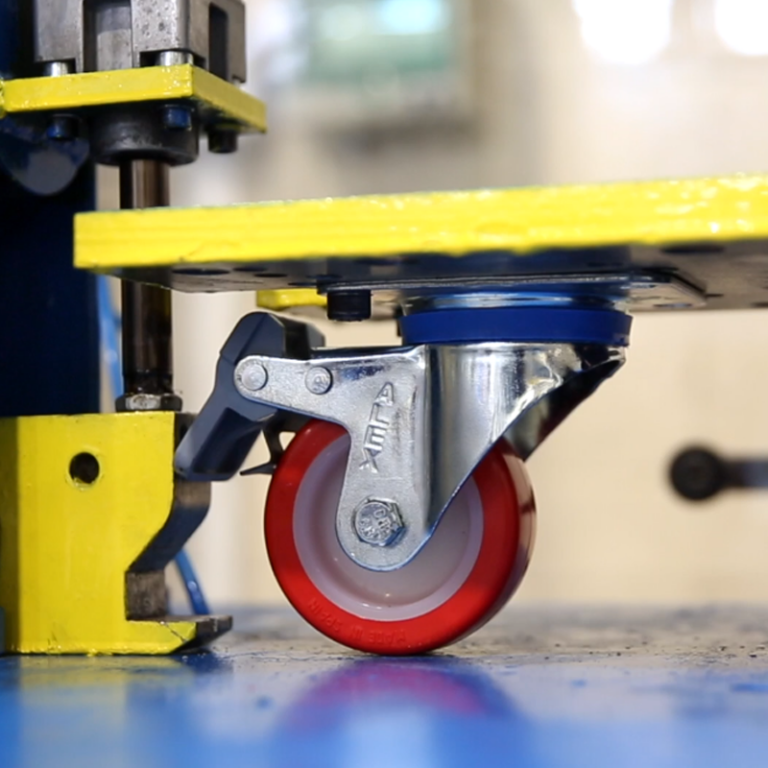
Industrial casters, often referred to as the wheels of industry, play a pivotal role in the efficacy of industrial trolleys.
Material Composition
Industrial casters are crafted from various materials, each chosen for specific applications. Common materials include rubber, polyurethane, and steel. Rubber casters provide excellent shock absorption, making them ideal for delicate materials, while polyurethane casters offer durability and resistance to wear. Steel casters, on the other hand, are robust and can withstand heavy loads, making them suitable for industrial environments.
Bearing Types
The type of bearing used in casters influences their efficiency. Ball bearings facilitate smooth rotation and ease of movement, reducing friction. Roller bearings, known for their load-bearing capacity, are suitable for trolleys handling substantial weights.
Load Capacity
Industrial casters come with varying load capacities, ensuring compatibility with diverse material handling needs. It’s crucial to select casters capable of supporting the intended load to maintain stability and prevent premature wear.
Swivel Mechanism
The swivel mechanism in casters allows for multidirectional movement. High-quality swivel mechanisms contribute to the agility of industrial trolleys, enabling them to navigate tight spaces and intricate layouts with ease.
Floor Protection
Industrial casters are designed not only to carry loads efficiently but also to protect the floors they traverse. Casters with softer materials or added features like non-marking wheels prevent damage to floors, making them suitable for use in warehouses and industrial facilities.
Strategically choosing the right industrial caster involves a meticulous assessment of the specific operational requirements. Whether it’s the need for enhanced maneuverability, load-bearing capacity, or floor protection, the selection of industrial casters directly influences the trolley’s performance and the overall efficiency of material handling processes.
Maximizing Efficiency: Additional Components of Industrial Trolleys
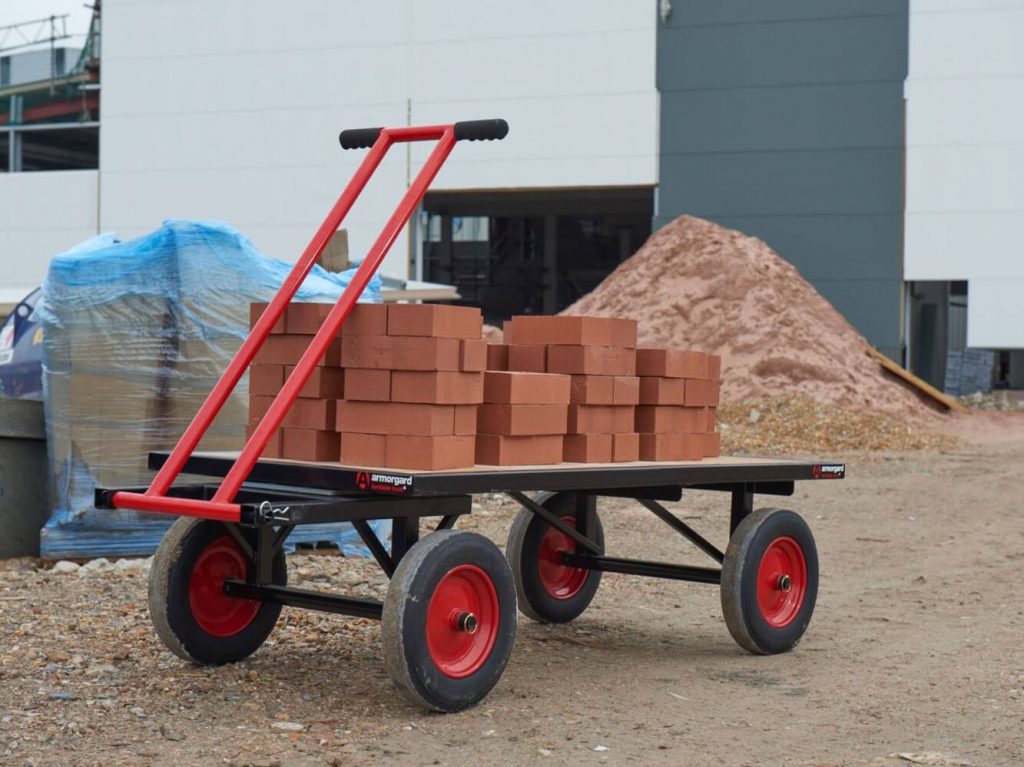
Beyond the frame and casters, industrial trolleys often incorporate handles or grips for manual guidance. These handles are ergonomically designed to provide operators with a comfortable grip, reducing the strain associated with pushing or pulling heavy loads. Some trolleys also feature additional components such as brakes, shelves, or specialized compartments tailored to the unique needs of the industry they serve.
The Final Word: Industrial Trolleys and the Wheels of Progress
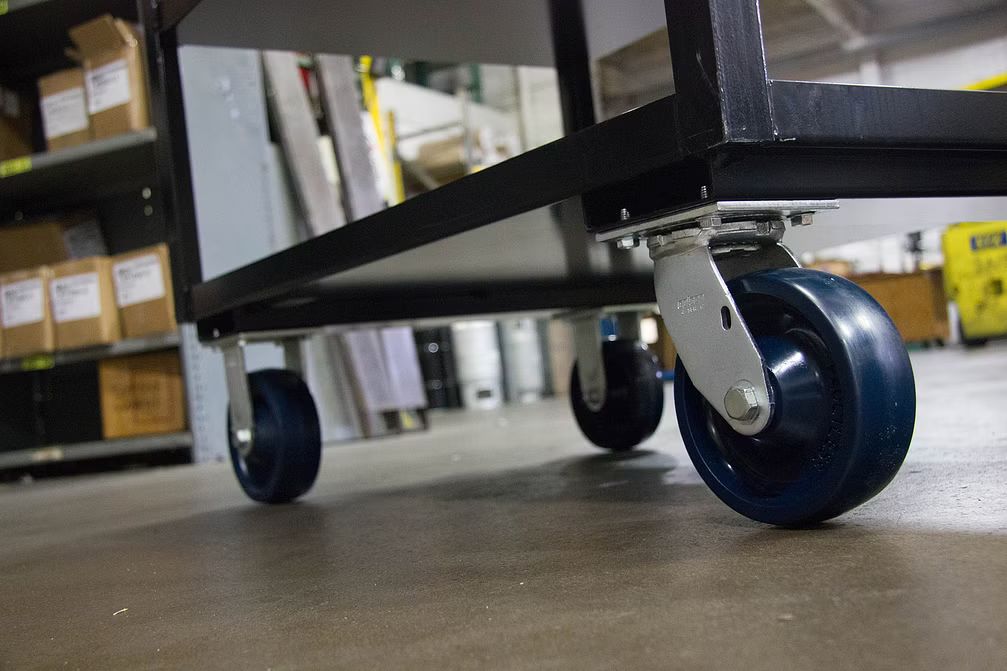
In the dynamic landscape of industrial and warehouse operations, the unsung heroes, industrial trolleys, play a pivotal role in ensuring the smooth flow of materials. From the robust frame to the crucial industrial casters, each component contributes to the overall efficiency and effectiveness of these workhorses.
The spotlight on industrial casters reveals their significance as the driving force behind a trolley’s mobility. Their diverse types, material compositions, load-bearing capacities, and swivel mechanisms underscore the meticulous considerations involved in optimizing material handling processes.
As industries continue to evolve, the reliance on industrial trolleys equipped with advanced casters grows. The wheels of progress, embodied by these trolleys, navigate the intricate pathways of warehouses, ensuring that materials reach their destinations with precision and efficiency. In the world of industrial logistics, where every movement counts, industrial trolleys stand tall as the indispensable tools shaping the future of efficient material handling.
Writing for the blog since 2012, Chris simply loves the idea of providing people with useful info on business, technology, vehicles, industry, sports and travel – all subjects of his interest. Even though he sounds like quite the butch, he’d watch a chick flick occasionally if it makes the wife happy, and he’s a fan of skincare routines though you’d never have him admit that unless you compliment his impeccable skin complexion.

